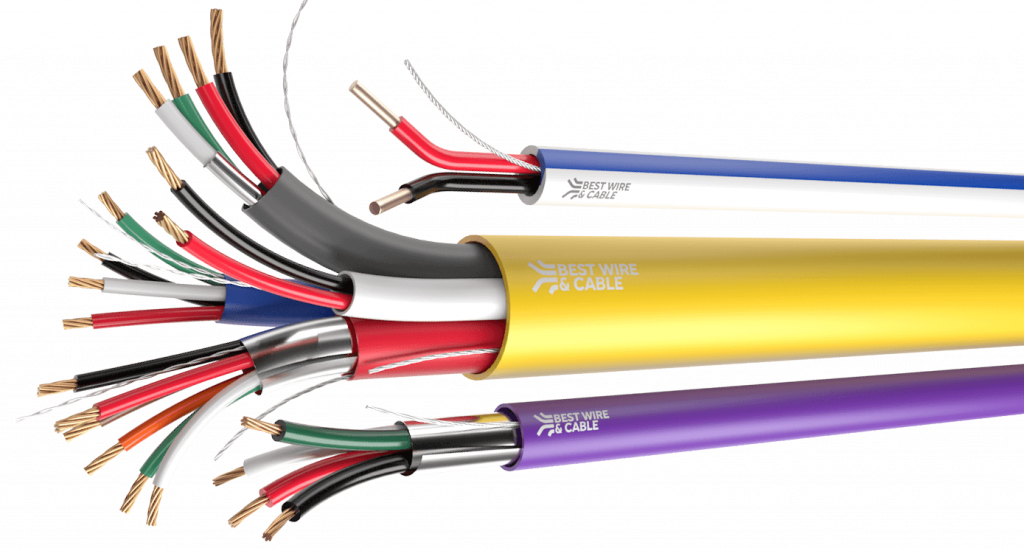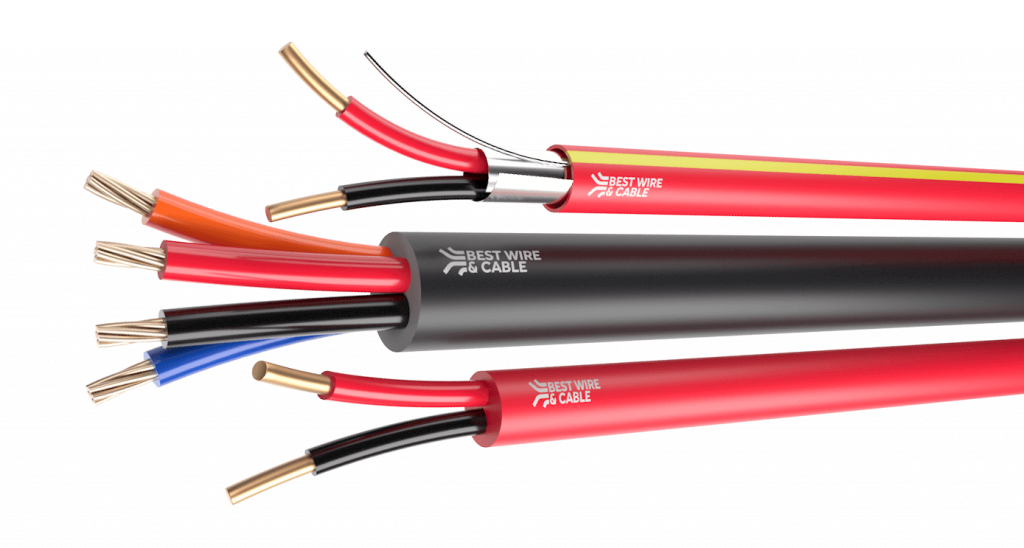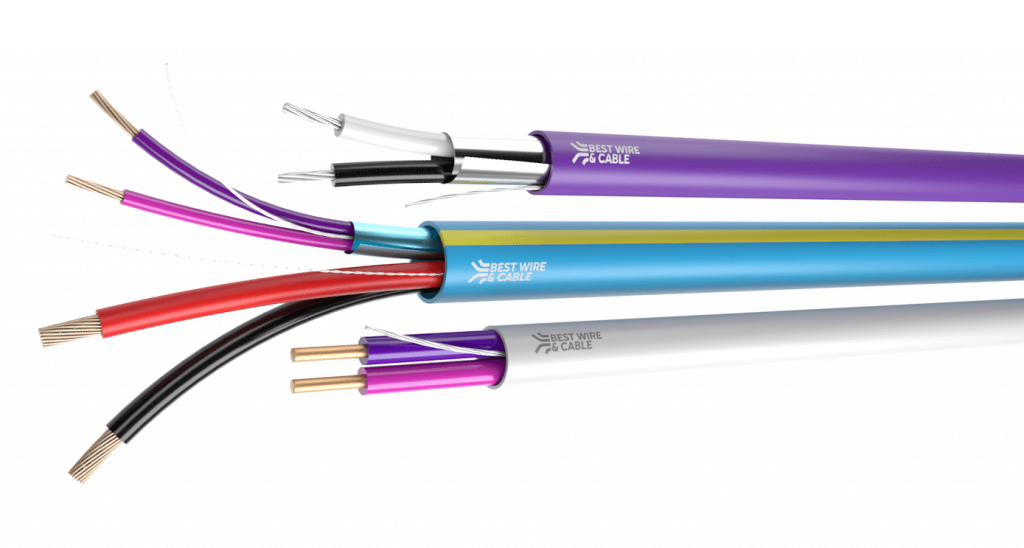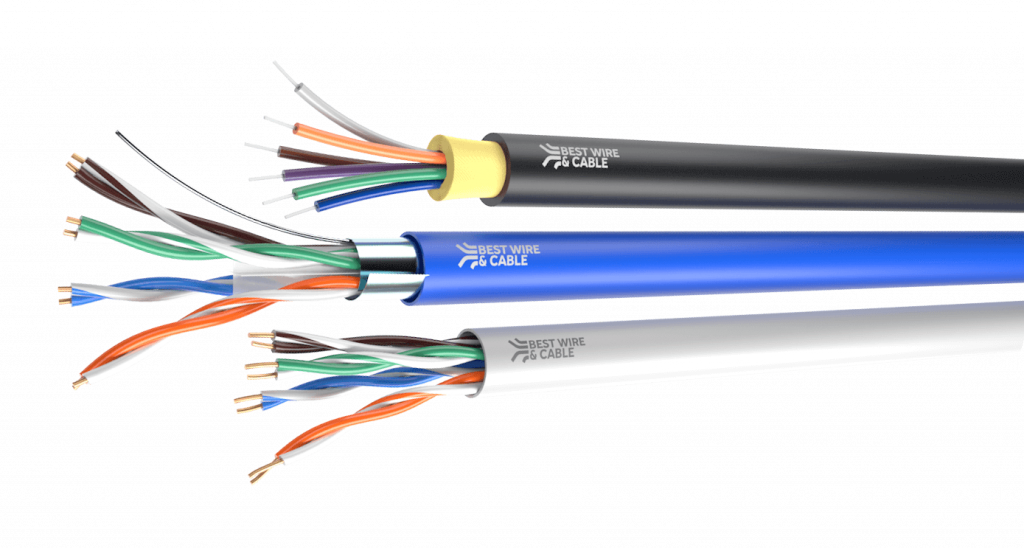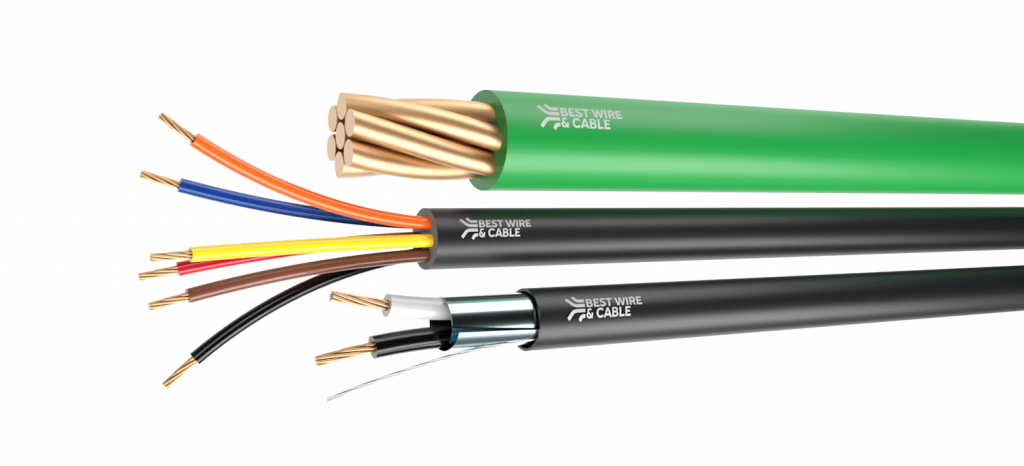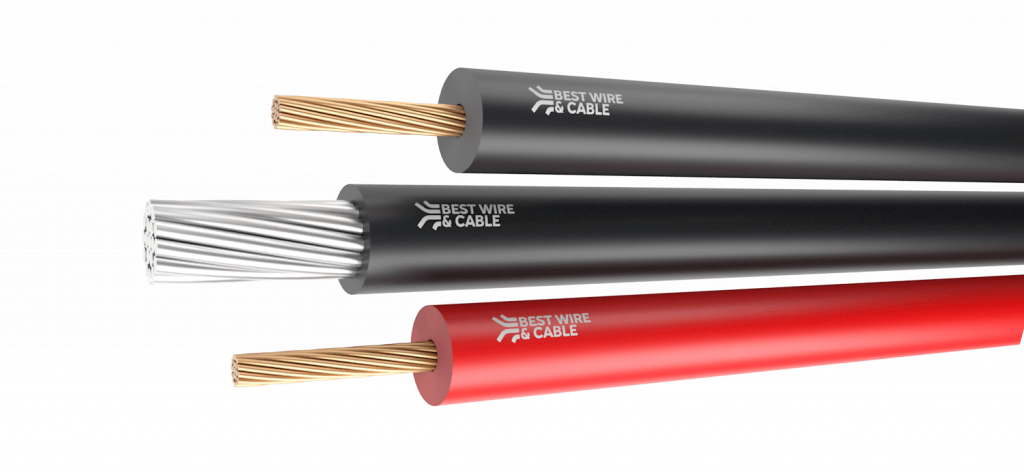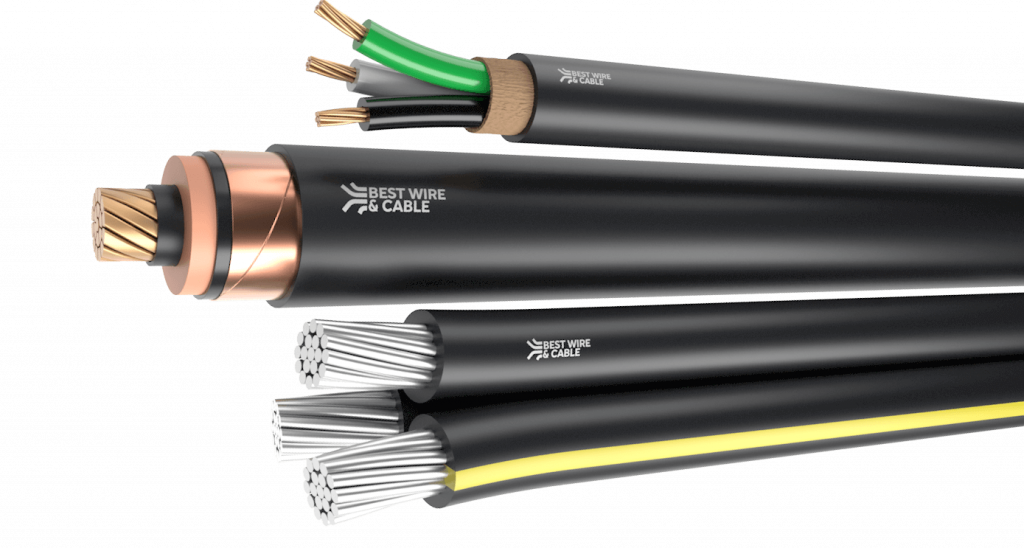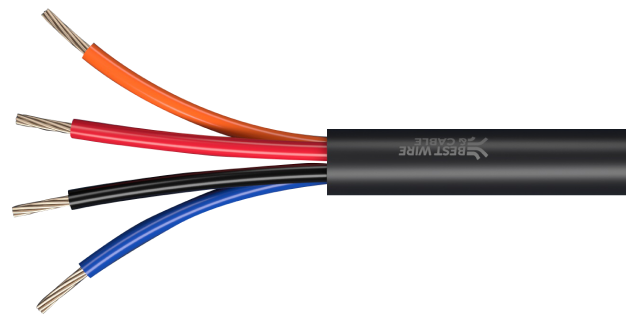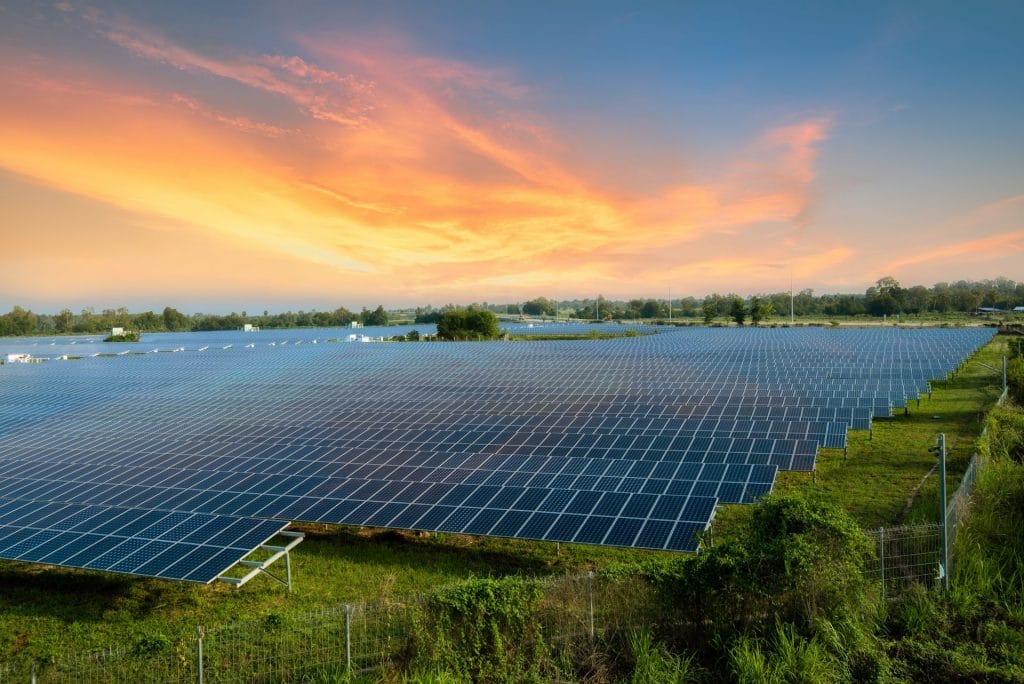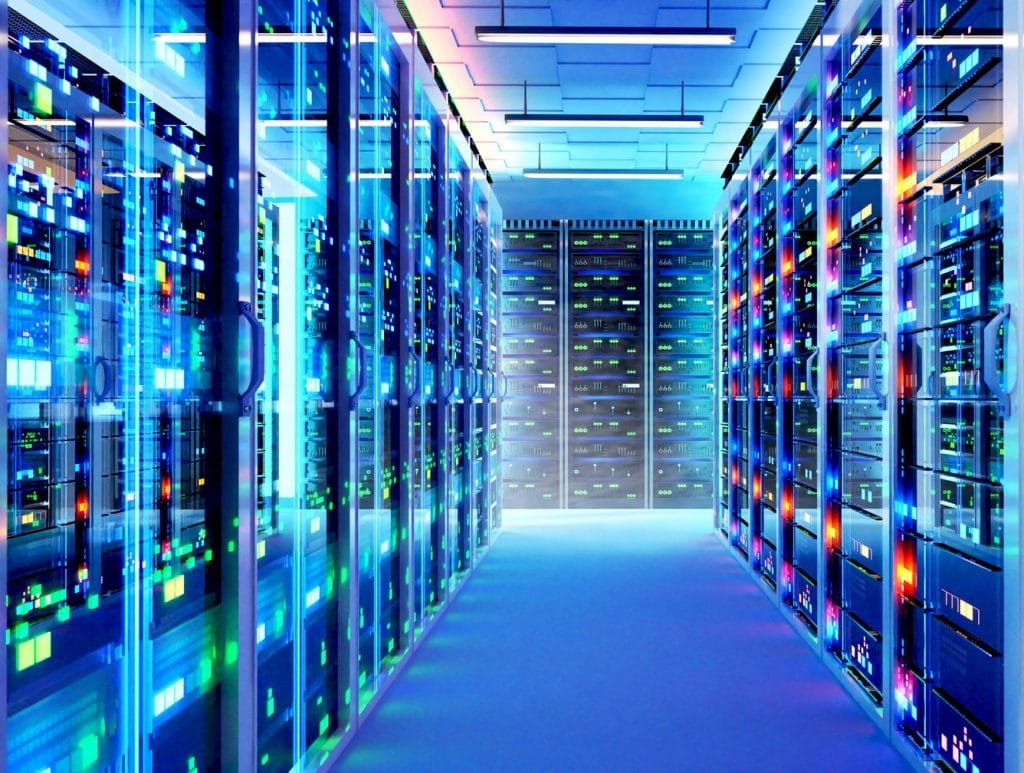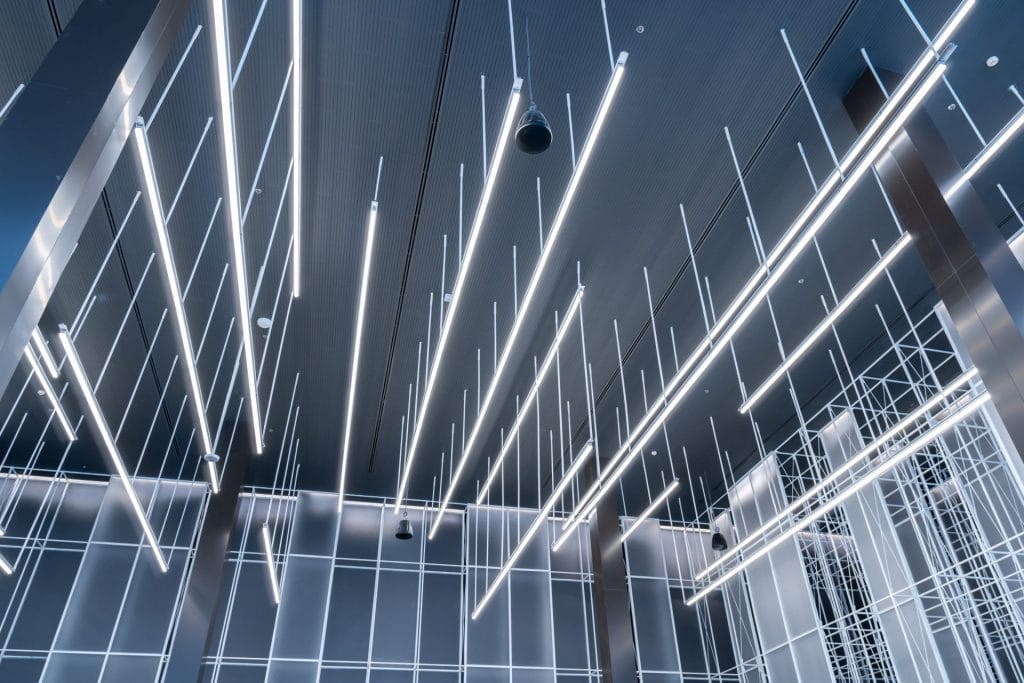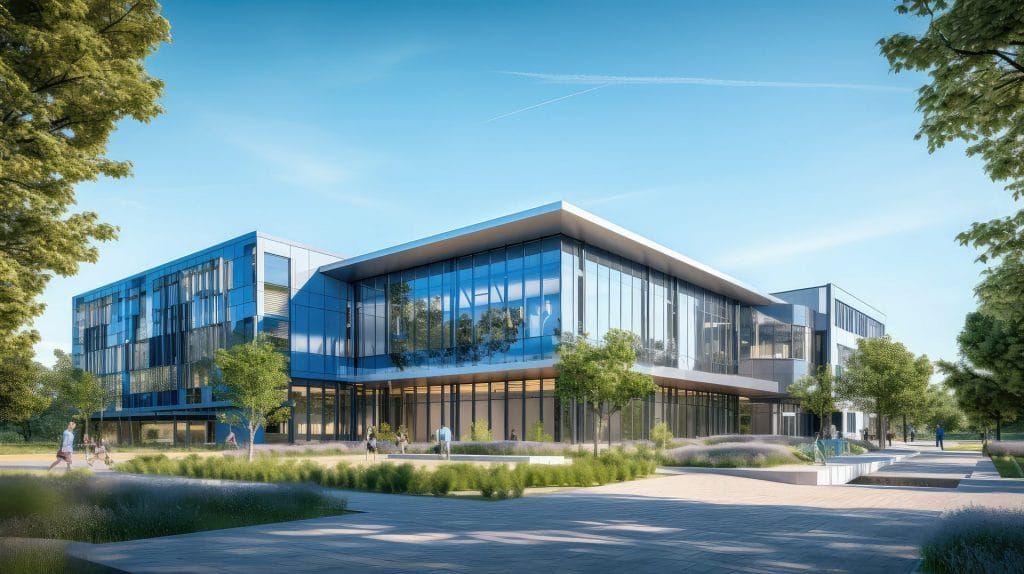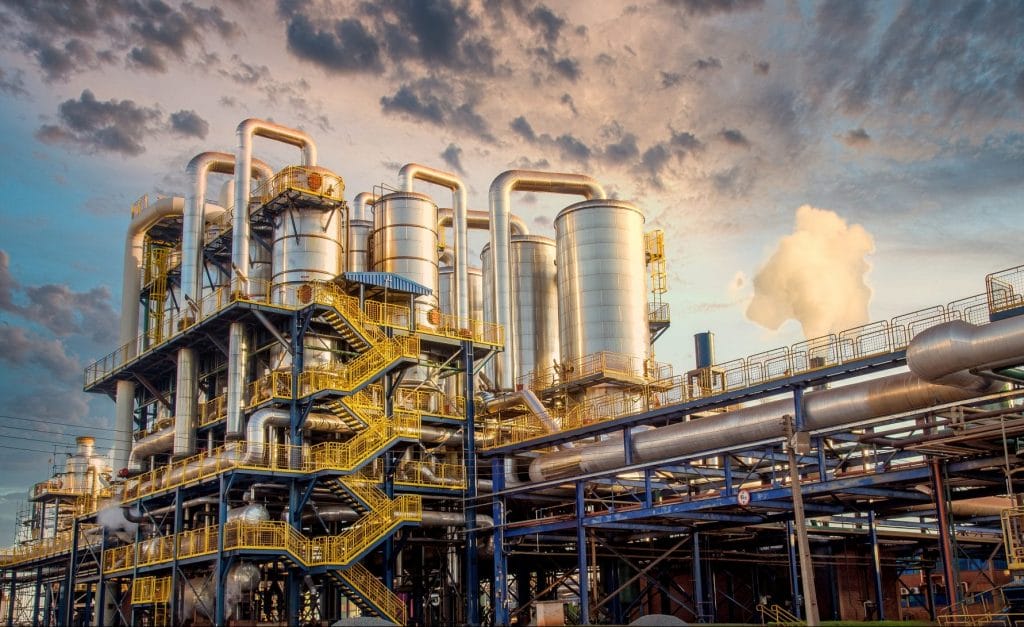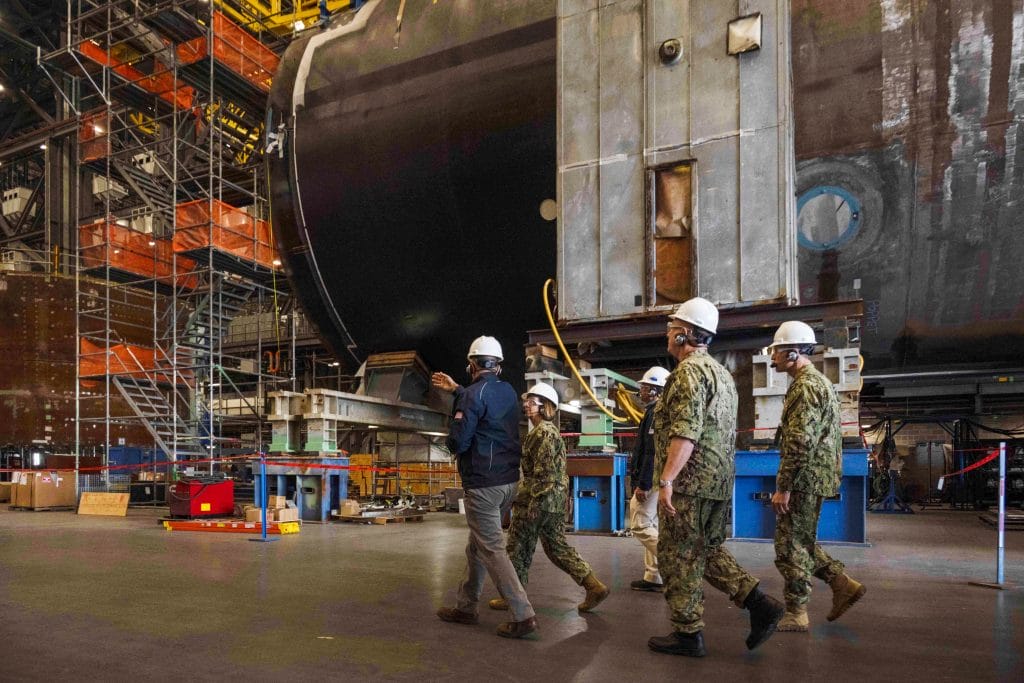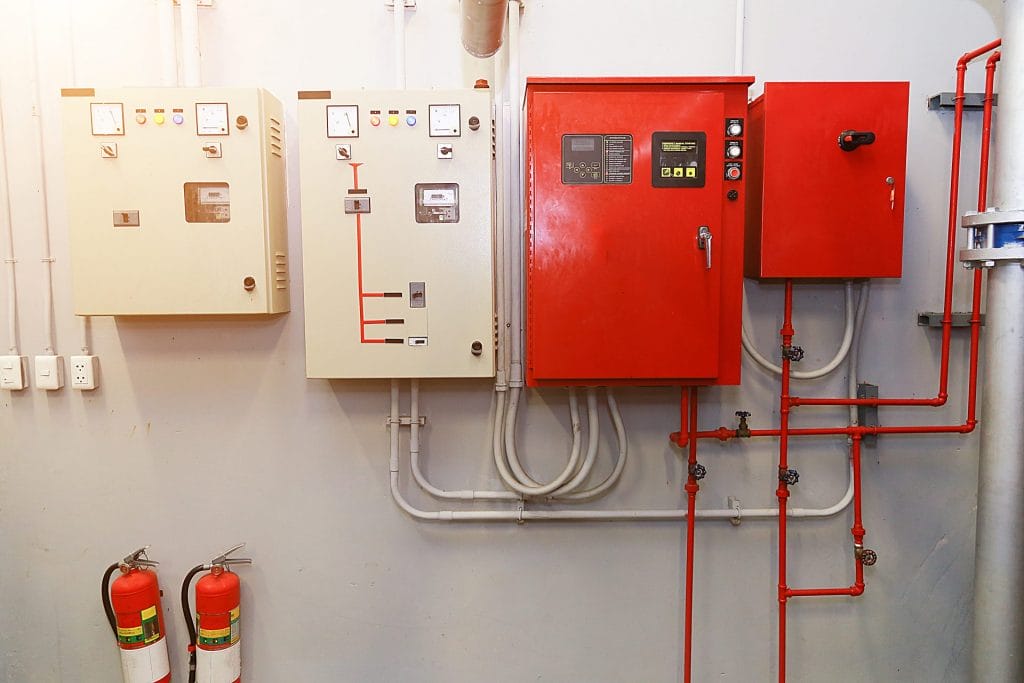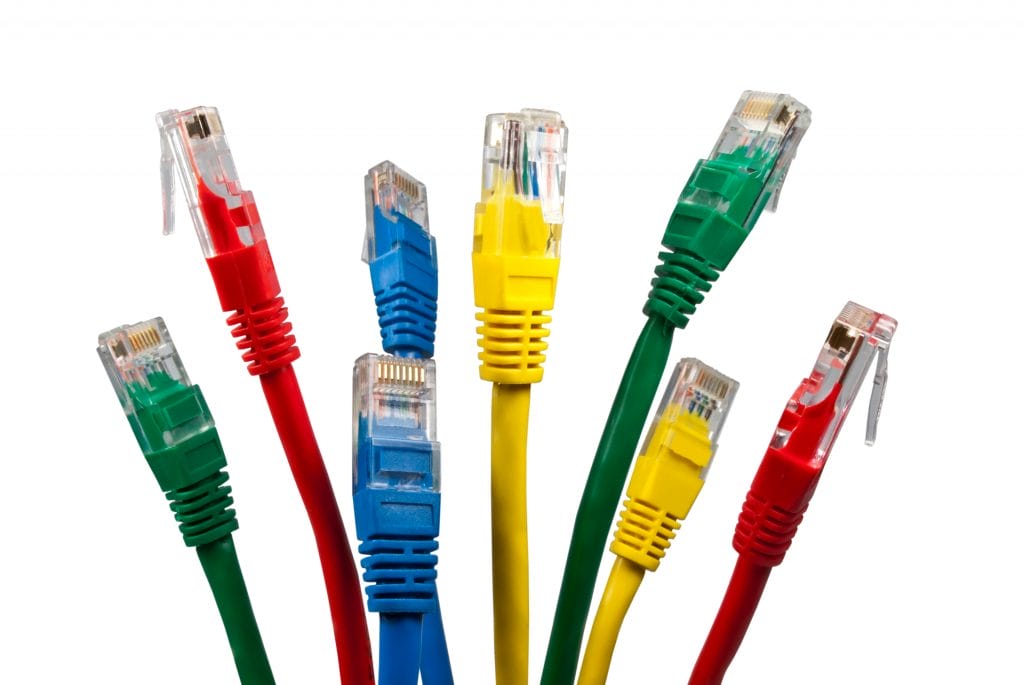AI, Big Infrastructure & What It Means for Wire & Cable Supply
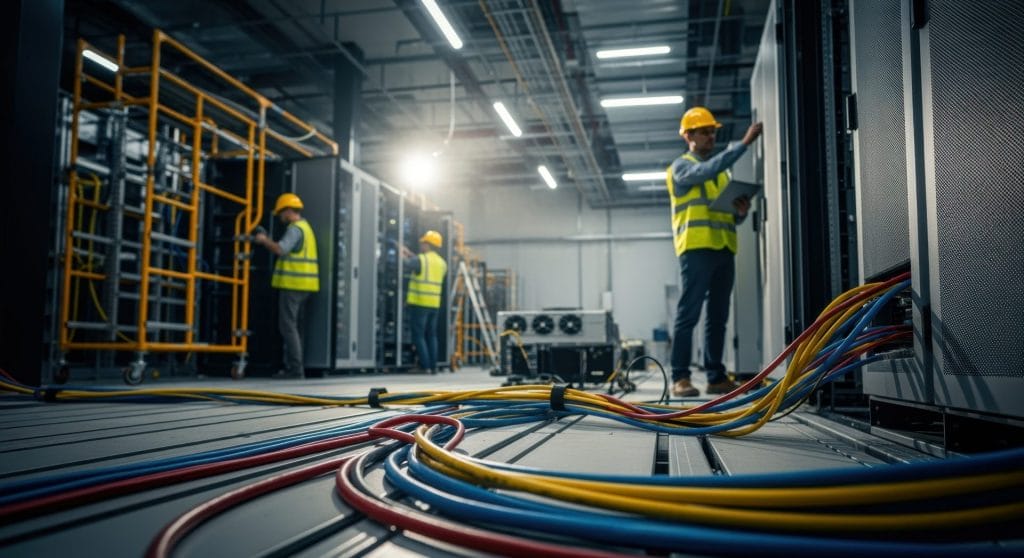
Artificial intelligence (AI) is often thought of in terms of algorithms, models, and software. However, behind every AI breakthrough lies a massive physical infrastructure built to power these innovations. Data centers, fiber networks, and power distribution systems form the backbone of the AI economy, and each depends heavily on one thing: wire and cable.
Today, the wire and cable industry is experiencing unprecedented demand, driven by the scale and speed of AI deployment. A prime example of this shift is the Stargate project in Texas, a $500 billion megaproject that underscores how quickly the industry must adapt to support the next wave of technological growth.
The Stargate Example: Scale, Demand, and Infrastructure
The Stargate initiative, backed by OpenAI, Oracle, and SoftBank, is one of the largest AI infrastructure projects ever attempted. The Abilene, Texas site alone already houses multiple buildings filled with racks of Nvidia GPUs, drawing enormous amounts of power and requiring intricate connectivity.
-
Each site is projected to draw up to 900 megawatts of power, equivalent to powering nearly a million homes.
-
The project includes vast amounts of fiber optic cabling, not only to interconnect servers within buildings but also to link them to national and international networks.
-
In addition to power and data cables, Stargate also requires specialized wiring for cooling, monitoring, and safety systems.
The sheer size of this project illustrates why the wire and cable industry is under pressure. Traditional data centers already consume significant quantities of copper and fiber, but AI-scale facilities are pushing requirements to an entirely new level.
Comparison: Standard Data Centers vs. AI-Scale Projects
To better understand how AI is changing the game, it helps to compare cable requirements in a standard data center versus an AI-focused facility like Stargate.
| Category | Standard Data Centers | AI-Scale Data Centers (e.g., Stargate) |
|---|---|---|
| Power Cabling | Medium voltage feeders, 480V distribution, UPS cabling | High-capacity 13.8kV–34.5kV feeders, 900 MW+ requirements |
| Networking Cables | Mix of Cat6A, some fiber interconnects | High-density fiber optics, low-loss, ultra-fast interconnects |
| Fiber Optics | Single-mode & multi-mode fiber bundles for moderate traffic | Massive multi-strand bundles, wavelength-division multiplexing |
| Cooling Systems Wiring | Basic HVAC and chilled water system wiring | Advanced cooling (liquid, immersion) with sensors and control wiring |
| Monitoring/Controls | Standard building management cables (BMS) | AI-driven monitoring, IoT-based sensors, redundant systems |
| Safety Wiring | Fire alarm, LSZH cabling, and emergency lighting | Expanded safety cabling, LSZH/LSHF across thousands of racks |
This comparison shows that while both facilities need similar types of wire and cable, the scale, performance requirements, and redundancy expectations of AI centers multiply overall demand.
Why AI Infrastructure Pushes Cable Demand Higher
-
Power Density
AI workloads require significantly more power per rack than traditional workloads. In turn, larger, more durable power cables are needed to handle higher current and voltage loads without overheating. -
Data Traffic Growth
AI models rely on rapid data exchange between GPUs. This demand requires high-density fiber optic cabling, capable of supporting terabits of data transfer per second. -
Complex Cooling Systems
The heat generated by AI hardware is immense. Advanced cooling—such as liquid and immersion systems—requires additional cabling for pumps, sensors, and environmental controls. -
Redundancy and Reliability
AI centers must maintain continuous uptime. This often doubles cabling requirements, since backup power and fiber systems are installed alongside primary infrastructure.
Market Statistics and Trends
The Stargate project may be one of the largest, but it reflects a global trend.
-
The global AI infrastructure investment pipeline is estimated to exceed $2 trillion over the coming years. Much of this investment will go into data centers and networks that rely on extensive wiring.
-
AI data centers consume 10 times more fiber per rack compared to traditional facilities, highlighting the scale of fiber demand.
-
Forecasts suggest fiber demand will grow at a CAGR of 15% through 2030, largely due to AI, 5G, and edge computing.
-
Data centers already account for 1–2% of global electricity consumption, and this could rise to 4% by 2030, driving significant growth in demand for heavy-duty power cables.
What Cable Manufacturers and Suppliers Should Watch For
The wire and cable industry must adapt quickly to keep pace with AI-driven demand. Key areas of focus include:
-
Scaling production capacity for both copper-based power cables and fiber optics.
-
Developing higher-spec products with better thermal resistance, shielding, and safety certifications.
-
Investing in logistics and supply chain resilience to meet tight project timelines.
-
Innovating in sustainability, with eco-friendly insulation and halogen-free materials, as environmental regulations tighten.
For example, companies like Southwire, Nexans, and Prysmian are already expanding production capacity to meet large-scale data center and renewable energy projects.
Final Thought
Projects like Stargate in Texas are redefining what large-scale infrastructure looks like in the AI era. For the wire and cable industry, these megaprojects represent not just increased demand, but a fundamental shift in requirements. Higher capacity, stricter standards, and faster delivery are becoming the new normal.
Those manufacturers and suppliers who embrace innovation, scalability, and reliability will not only keep pace but also position themselves as leaders in powering the future of AI.
Ensure your projects are powered for the future—explore our advanced wire and cable solutions today.
